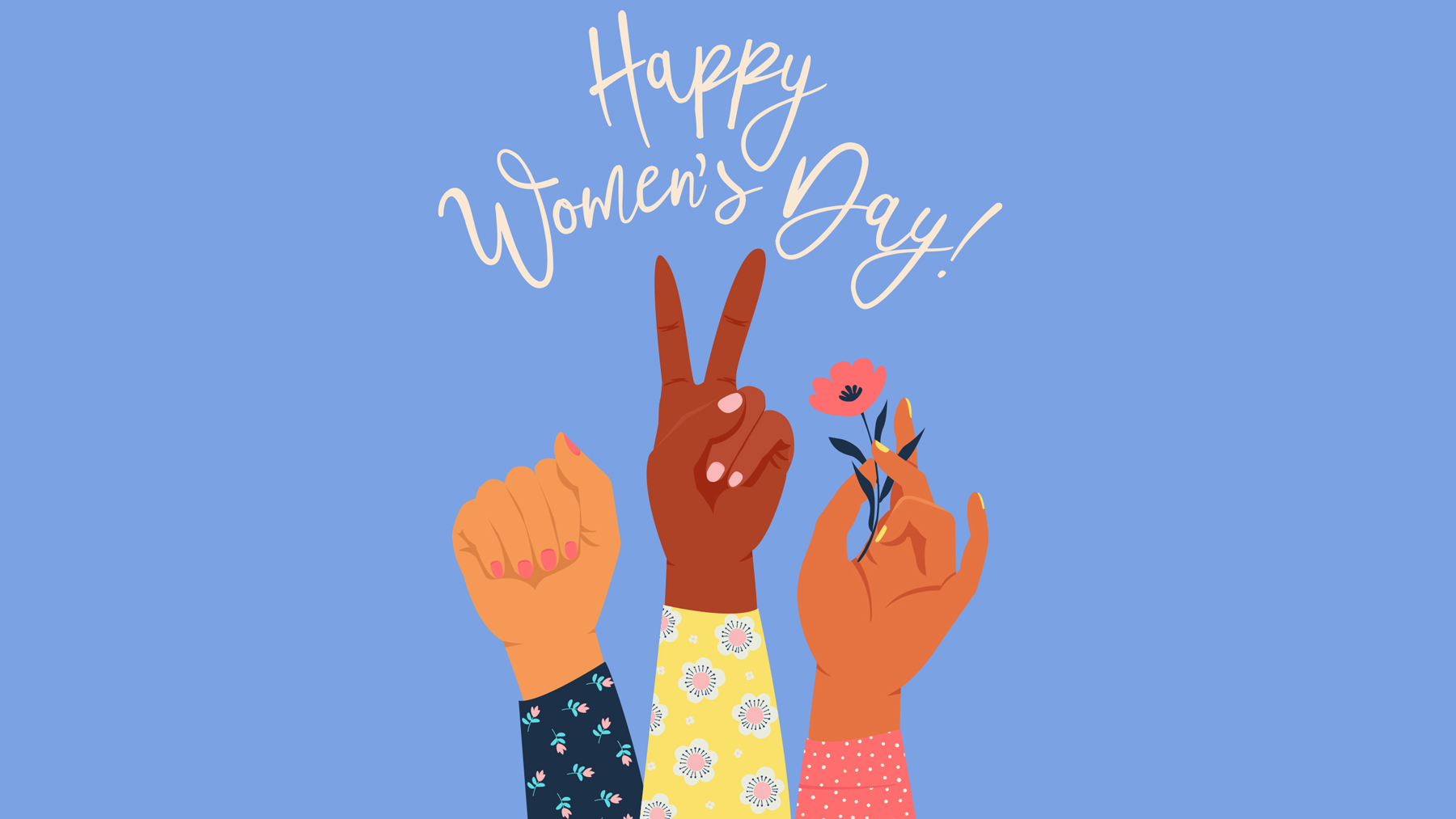
By Dr Scott Taylor
Department of Management, University of Birmingham
For many, inequalities and experiences of discrimination manifest most clearly in the workplace, in areas such as unequal pay, obstruction of access to jobs or professions, or the construction of cultures that exclude women. Statistics and stories about these common experiences are everywhere – the best organised professional associations, such as the Law Society, regularly report on how disproportionate numbers of competent well-trained women leave; some large organisations, such as HS2, have to build equality and inclusion into supply chains because it doesn’t happen if they don’t; and social media initiatives such as the Everyday Sexism Project provide tens of thousands of accounts of discrimination and gendered violence at work.
International Women’s Day is a significant moment every year to think about workplace inequality and sexism. As an event, there is still a pressing need for it more than a century after it was first proposed by politician Clara Zetkin, because inequality and discrimination based simply on gender is still commonplace. IWD-inspired events are often not about women per se; rather, they focus on women’s (lack of) rights in an unequal world and, crucially, the reasons why this is the world we all live in. This is where men can come in, in two very distinctive ways.
First, this is a moment when men can practice being an ally with a clear sense of purpose by making use of resources acquired through being on the inside of a patriarchal power structure, as a ‘male ally’. ‘Allyship’ is an increasingly common term, which suggests an increase in supportive activity from those in positions of power – white people practising anti-racism, for example, or initiatives that attempt to repair damage done through colonialism, and men acting in support of women’s rights. This kind of activism is surprisingly easy, especially given the wealth generated for some through being on the up-side of discrimination. Setting aside some money, as Glasgow University has in a joint venture with the University of the West Indies as a form of reparation, or as Bristol University has in creating an academic research post to understand its own history in relation to colonial exploitation, is a very good start.
For men that believe in achieving equality and/or reducing irrational discrimination, activism needn’t involve money. The most obvious approach is to use your voice – men’s voices tend to be louder at work, and colleagues are more likely to hear them. So, say something that contributes to reaching equality, perhaps by speaking out against sexist acts and talk that position women in damaging ways.
Second, less obvious, don’t use your voice – listen. It’s exceptionally difficult for a man to understand what a woman’s working life is like in an everyday embodied sense. Accepting the possibility that it’s different is a good start, and that’s best accomplished by listening without judgement. The best mentoring schemes emphasise that this kind of listening is both skill and service, and also make clear that listening doesn’t have to lead to advice. There’s plenty of advice from self-help gurus and self-appointed expert guides on how to be happy or succeed at work – male colleagues don’t need to add to that.
Finally, don’t expect thanks or gratitude. Two years ago Sophie Gregoire Trudeau marked International Women’s Day in Canada by encouraging women to tweet celebratory photos of ‘male allies’, such as her partner Prime Minister Justin Trudeau. The intention of this social media intervention into IWD was unclear; perhaps to highlight the idea that ‘not all men’ support patriarchal power structures? Or perhaps to encourage more men to act in support of equality?
Whatever the motivation, the tweet wasn’t universally popular. Many women noted that International Women’s Day is about celebrating women, especially those who fight against misogyny and systematic exclusion at great personal risk, sometimes at the cost of their lives. Others objected to an expectation that women celebrate men simply for doing something they should be doing. So is there any space for men’s actual or potential contribution to achieving equality and challenging injustice when International Women’s Day comes round each year? Is there anything to do at work, or a specific way of working, that helps achieve the aims of International Women’s Day? I would say yes, as there is on every other day of the year, in surprisingly straightforward ways. And don’t make a fuss about it – men have benefited from inequality and discrimination against women in the workplace for a long time, so this is the least they (we) can do, every day of the year.
